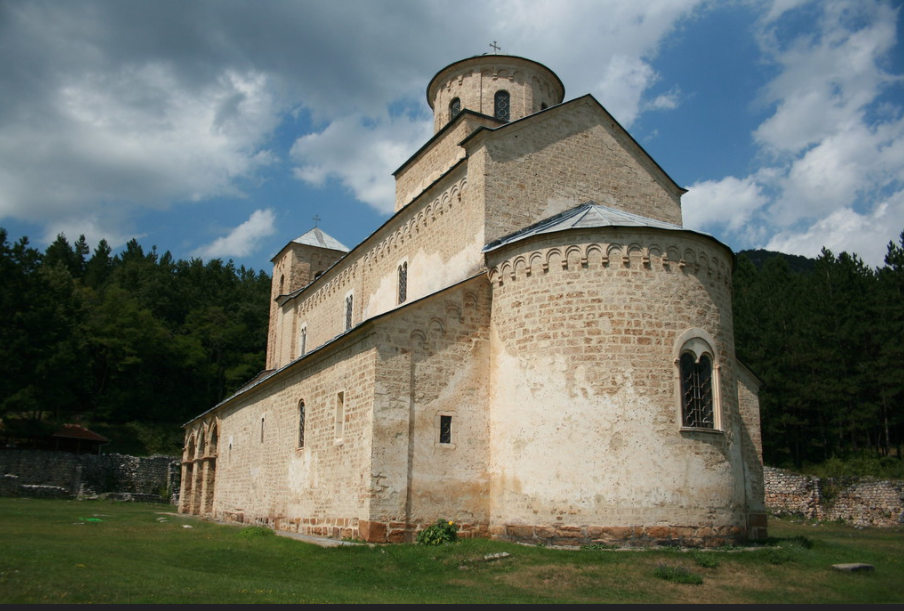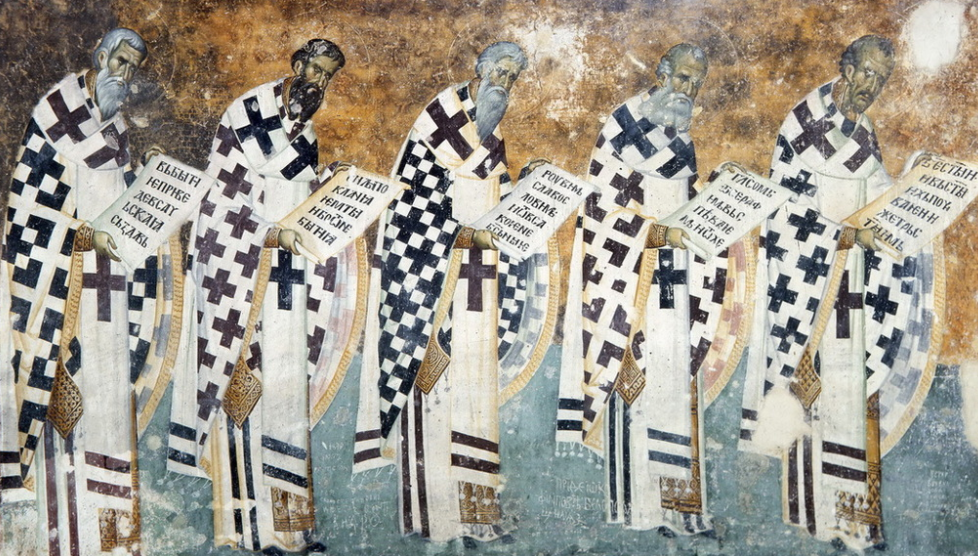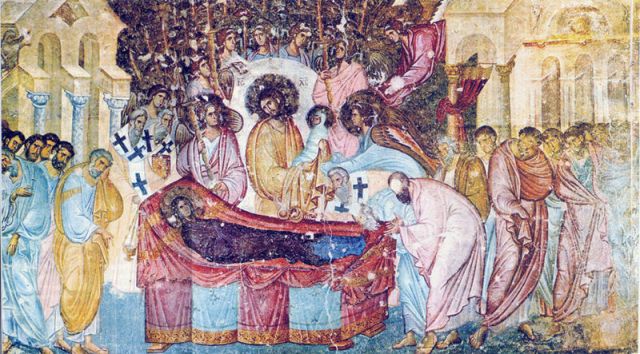Sopocani Monastery
We take you to the south of Serbia, where nature created exceptional sceneries. At the Raska region Sopocani monastery is situated and we`ll tell you more of its history.

In the 1160s, the Great Zupan Stefan Nemanja consolidated his power on the throne in Raska. Although Nemanja's sons got the title of king and established the church as independent by making it autocephalous, developed the economic system and coined money, the work and person of Stefan Nemanja remained a great model and an example to be emulated by the younger generations. Sopoćani was an endowment of the Serbian King Stefan Uroš I, son to Stefan the First-Crowned and Nemanja's grandson. It was built in 1260 by King Uroš I Nemanjić as a church which would serve as his burial place, and was extended and renovated in the mid-14th century by his great-grandson Dušan. The church is dedicated to the Holy Trinity. Of the former larger monastery complex, which comprised numerous structures (dining rooms, residential buildings and others), today only the Church of the Holy Trinity remains. The monastery was once surrounded by a high stone wall with two gates. The completion of the painting of the main parts of the church can be indirectly dated to between 1263 and 1270. In Sopocani a decorative plan was carried out which was formed throughout the thirteenth century - in the chancel there are liturgical scenes, in the nave Christ's salvation work is shown through a cycle of the Great Feasts, in the narthex the Old Testament, dogmatic and eschatological themes are presented. Through the iconographic portraits of the Nemanjic family and through historical scenes Simeon Nemanja and Saint Sava. After Gradac (about 1275), the endowment of Queen Helen of Anjou, the wife of the founder of Sopocani - King Uros I - whose painters were high on the scale of creativity, there was a hiatus in creative artwork in Serbia.

Dormition of the Virgin
Archbishop Sava II, who became the head of the Serbian Orthodox Church in 1263, is represented in the procession of archbishops in the area of the altar. The frescoes of Sopoćani are considered by some experts on Serbian medieval art as the most beautiful of that period. On the western wall of the nave is a famous fresco of the Dormition of the Virgin.
In the 16th century the monks had to temporarily leave the monastery on several occasions due to the Ottoman threat. Finally, during one of the raids in 1689 the Ottoman Turks set fire to the monastery and carried off the lead from the church roof. The brotherhood escaped with some important relics to Kosovo - but did not return to Sopoćani; it remained deserted for over two hundred years, until the 20th century. The church slowly decayed: its vaults caved in, its dome fell down, and the remains of the surrounding buildings were covered with rubble and earth.
Finally, during the 20th century the monastery was restored and today it is settled by a thriving brotherhood of dedicated monks. The fact that most of the Sopoćani frescoes still shine with radiant beauty - surviving more than two centuries of extreme exposure to the elements.
The interior of the church is decorated with colored stucco ornaments. Frescoes in the Sopoćani are substantially preserved thanks to their quality and they represent some of the greatest achievements of the monumental wall painting in Serbia. The most significant frescoes are located in the central part of the church – altar, the nave and the narthex.

The most famous fresco is the Dormition of the Virgin that covers over 30 square meters and it is located in the central nave of the church. The Virgin, surrounded by Christ, angels, apostles, bishops and many of the heroes with their heads down, occupies the central part of the composition.
Sopoćani was declared Monument of Culture of Exceptional Importance in 1979, and it is protected by Republic of Serbia.












